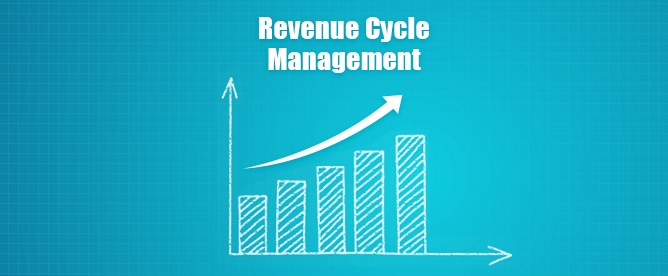Blog
How Can Analytics Improve Your Revenue Cycle?

Healthcare organizations continue to struggle with declining cash flows and profit margins, and increasing demand for affordable care. Against this, they also have to keep up with the ever-changing regulations and specifications of ICD-10 guidelines.
33 % of the US healthcare industry is now on digitized healthcare records applications. This number is increasing at 19% year on year. This increased digitization across the healthcare industry, combined with the implementation of ICD-10 payment reforms has opened up the world of data assets.
Most healthcare players simply look at historic data to make decisions. Various departments like patient access and billing/collections, in the revenue cycle process, look at data in silos. We need a holistic view and approach of looking at data to identify the gaps between process steps. We need a faster and much more powerful analytics that delivers insights in real time.

A holistic RCM strategy, supported by the right Big Data analytics tools, can help streamline billing and collection cycles, ensure compliance, track payment trends, and resolve denials efficiently. Using analytics innovatively can help industry organizations harness data from disparate sources and gain smarter insights to create faster, more accurate, more efficient and most importantly, predictive revenues.
Reducing claim denials and enabling automated claims approvals
Claims get denied for a plethora of reasons including lack of prior authorization for expensive medication or treatments, incorrect claims submitted to payers, and the need for additional negotiations in claim processing. An increase in the number of claims denials results in more iteration, and impacts the AR cycle and eventually the profits.
Analyzing the past data of claims denials, we can identify the top reasons for repeat denials. These could include missing data such as patient demographics and prior-authorization numbers, as well as eligibility issues. Based on these insights, we can prepare clear actionable insights and provide the missing information upfront.
The RCM system can include pre-checks that cover most of the denial scenarios to ensure that only clean requests are submitted. This will result in quick auto-approvals of claims. A request that fails the pre-checks can be corrected.
Bringing down accounts receivables (A/R) or the collection period and optimizing effort vs. revenue for increased profitability
Analysis of data can help determine factors that influence the collection time, and potential ways to optimize and reduce the collection time cycle. Service providers can also evaluate the optimal time and effort they need to spend to recover lost revenues, and their impact on profitability.
Using historical data, we can analyze the time and effort spent to recover small, underpaid claims. If the time and effort is disproportionate to the recovered amount, we must reconsider the strategy. The insights from this analysis will help enhance the RCM system, set threshold limits on lost revenue, as well as flag transactions for follow-ups if they are outside these thresholds.
Data & its analytics is the key to the fourth dimension of the revenue cycle management process. They provide hidden, and previously unseen, insights to address the ever tightening belt around cash flows and profitability for healthcare providers.
At Omega Healthcare, we know this is a game-changer to faster, more accurate and efficient RCM processes. Our clients have been benefited immensely by handing over their end-to-end revenue cycle management process to our vigilant teams. With highly-experienced and talented professionals we service our clients on their own software from across our various centres in India and Philippines. Take a look at our capabilities here. www.omegahms.com


